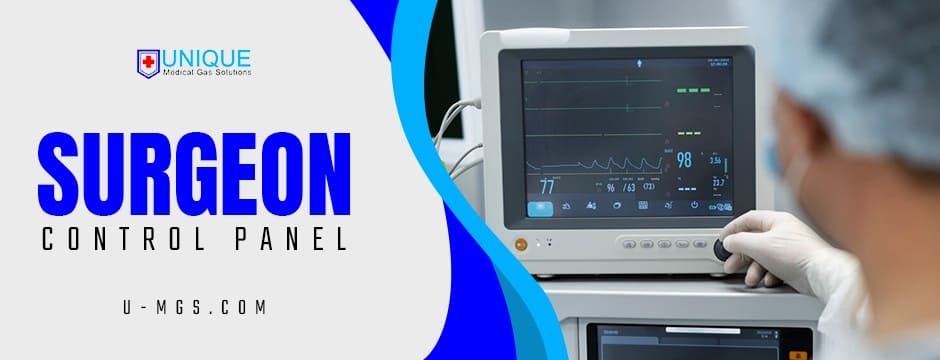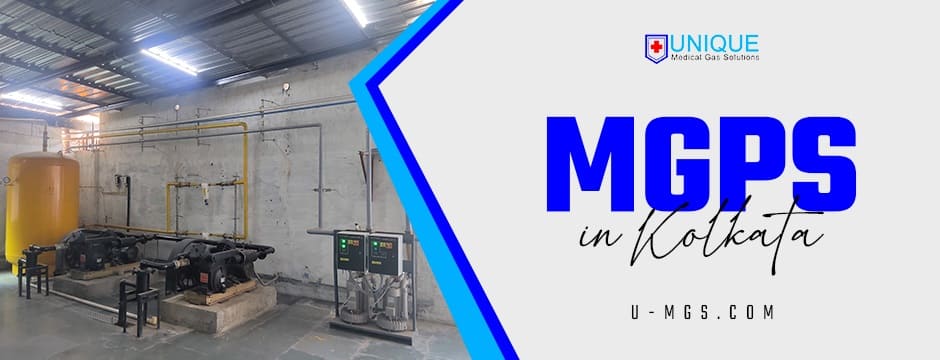In the high-stakes environment of modern operating rooms, precision and efficiency are everything. While the spotlight often shines on the skill of the surgeon and the sophistication of robotic systems, one often overlooked hero is the surgeon control panel. Acting as the command centre for various surgical technologies, the control panel is where the magic of minimally invasive and robotic-assisted procedures is orchestrated. The right control panel can significantly impact surgical performance, safety outcomes, and overall workflow in the operating theatre.
With advancements in medical technology moving at lightning speed, choosing a control panel isn’t just about sleek looks or digital screens—it’s about functionality, ergonomics, connectivity, and patient safety. Whether you’re outfitting a new surgical suite or upgrading existing systems, understanding the top features to look for in a surgeon panel is essential for delivering cutting-edge care.

Features of Surgeon Control Panel
Intuitive User Interface (UI)
A surgeon control panel must have an easy-to-navigate UI that reduces the cognitive load during complex procedures. An intuitive interface allows surgeons to:
- Switch between instruments seamlessly
- Monitor real-time imaging and data without distraction
- Customise views or preferences quickly
Touchscreen interfaces with clear labelling, minimal menus, and fast response times are ideal. A poor UI design can hinder performance, increase errors, and frustrate even the most skilled operators.
Ergonomic Design for Fatigue Reduction
Surgeons often perform lengthy procedures requiring intense focus and fine motor skills. The control panel should therefore support ergonomic use, from adjustable armrests and seat height to wrist supports and console tilt. Key ergonomic elements include:
- Natural hand positioning on joysticks or controllers
- Foot pedals that are spaced properly and responsive
- Adjustable display screens to reduce eye strain
Fatigue reduction isn’t just about comfort—it’s a matter of patient safety and surgical precision.
Real-Time Imaging Integration
A modern control panel must offer seamless integration with real-time imaging systems such as:
- 3D endoscopic views
- Fluoroscopy
- MRI or CT overlays
- Ultrasound guidance
Being able to view and manipulate these visuals in real time—without leaving the console—is vital for navigation, decision-making, and precision. Integration also allows for video recording and live broadcasting, which is invaluable for teaching hospitals and peer consultation.
Customizable Settings & User Profiles
Each surgeon has unique preferences when it comes to sensitivity, hand dominance, instrument scaling, and view settings. A high-quality control panel will allow the creation of personalized user profiles that store:
- Preferred instrument response settings
- Console layout and control mapping
- Video or screen configurations
- Language and measurement unit preferences
This not only saves time during setup but ensures each surgeon operates at their optimal comfort and performance level.
Multi-System Compatibility
Operating rooms often house a diverse array of equipment from different manufacturers. A future-ready control panel should feature multi-vendor compatibility, allowing it to control:
- Robotic-assisted surgical arms
- Lighting systems
- Camera units
- Anesthesia machines
- Patient monitoring systems
This reduces clutter, eliminates the need for multiple interfaces, and simplifies training for staff.
Enhanced Connectivity and Data Management
With the rise of smart hospitals and digital recordkeeping, the surgeon panel should be able to:
- Connect to the hospital’s electronic health records (EHR) for real-time data access
- Send procedural data to cloud storage for compliance and case review
- Enable remote diagnostics or software updates via secure internet connections
Features like Wi-Fi, Bluetooth, Ethernet, and secure cloud integration are no longer optional—they’re essential for scalable and efficient surgical practice.
Integrated Safety Protocols

MGPS in Kolkata must have built-in fail-safes and safety alerts to prevent malfunctions or medical errors. These include:
- Instrument collision warnings
- Real-time feedback on instrument position and tension
- Haptic feedback when approaching sensitive areas
- Emergency stop features
Safety alerts should be clear, non-intrusive, and customizable based on the procedure or user profile.
Remote Assistance and Tele-Surgery Capabilities
Telemedicine isn’t just for diagnostics anymore. Advanced control panels can now support remote surgical guidance or even tele-surgery. Key features include:
- Secure network protocols for remote access
- Dual-console capabilities for teaching or collaboration
- Real-time communication tools (audio and video)
This not only expands access to expert opinions but also aids in education and global health outreach.
Data Logging and Post-Operative Analytics
Every second in the operating room generates valuable data. A top-tier control panel should support:
- Automatic recording of procedures for training and compliance
- Detailed logs of instrument use, durations, and any alerts triggered
- Analytics dashboards that help assess surgical efficiency and outcomes
Data from control panels can be used for improving surgical protocols, reducing operation times, and ensuring post-operative success.
Scalability and Future-Proofing
Healthcare technology evolves rapidly. A control panel should be designed with modularity and future upgrades in mind:
- Plug-and-play modules for new instruments or robotic arms
- Open APIs for software integration
- Firmware updates that add functionality or security enhancements
Scalability ensures that the investment in a control panel will remain valuable for years to come—even as surgical methods evolve.
Sterility and Cleanability
Lastly, all surgical equipment must comply with strict hygiene standards. The control panel should be built from materials that:
- Withstand harsh disinfectants
- Resist bacterial growth
- Features sealed gaps and minimal crevices
Panels should also allow for quick and thorough cleaning between procedures to reduce the risk of hospital-acquired infections (HAIs).
Wrapping Up
In today’s technology-driven healthcare environment, the surgeon control panel is much more than just a tool—it’s a central intelligence hub for delivering safe, accurate, and efficient surgical care. Whether you’re a hospital administrator, biomedical engineer, or surgical director, investing in the right control system can transform operating room outcomes and clinician experience.
When considering your next upgrade or installation, trust a provider that prioritizes innovation, integration, and real-world usability. Unique Medical Gas Solutions is a trusted name in advancing surgical technology, offering state-of-the-art control systems that are designed with both patient safety and surgeon convenience in mind. From intuitive user interfaces to robust data analytics and ergonomic design, we ensure your OR is future-ready. Explore our solutions to redefine surgical excellence in your facility.




No comment